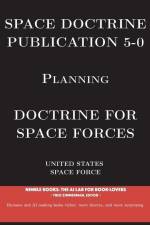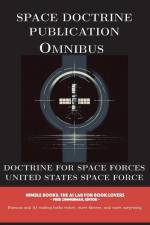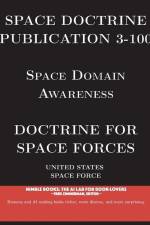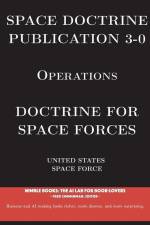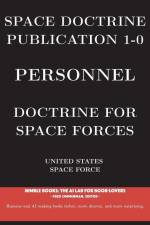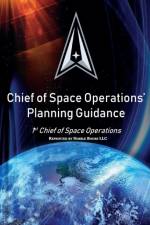av United States Space Force
831
Space Doctrine Publications on Personnel, Intelligence, Operations, Space Domain Awareness, Sustainment, and Planning all in a single convenient, hardcover, full-color volume. Essential for your professional bookshelf, as a gift for your favorite Guardian, or as a donation to your command offices.This document provides comprehensive information about United States Space Force doctrine, including its definition, development process, hierarchy, and types. It emphasizes the importance of personnel readiness and resilience in shaping the culture and capabilities of the USSF. The document also covers topics such as recruitment, training, education, career development, and resiliency for Guardians. It discusses the structure and organization of the USSF, its role in unified action as part of the joint force, and the importance of collaboration and coordination with other organizations. The document also highlights the role of intelligence in space operations and the need for effective sustainment of space forces. It discusses the planning process, key considerations, and challenges of space operations, and the importance of understanding the adversary and coordinating with other organizations. The document includes a glossary of key terms and references applicable strategic and planning guidance.This annotated edition illustrates the capabilities of the AI Lab for Book-Lovers to add context and ease-of-use to manuscripts. It includes five types of abstracts, building from simplest to more complex: TLDR (one word), ELI5, TLDR (vanilla), Scientific Style, and Action Items; three essays to increase viewpoint diversity: Context in the Discourse, Formal Dissent; Red Team Critique; and MAGA Perspective; and a shortened version of Notable Passages.


